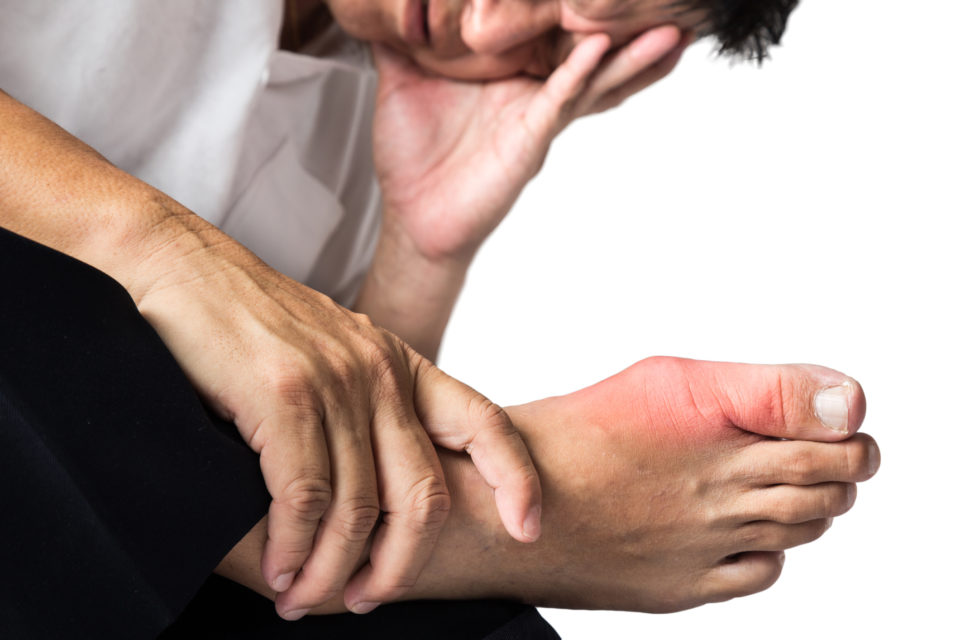
Big toe pain can make you dread putting on your favorite shoes or boots am I right? Matt felt that way too but not anymore!
Matt called our office with fairly advanced big toe pain which had progressed to the point that walking was painful and running and sports were getting harder and harder to participate in enjoyably. His big toe pointed towards his second toe and he had a bump on his big toe joint, both of which are classic signs of a bunion. He like many were looking for a solution to end his pain and get back to the activities he enjoys.
Matt, like many other patients we’ve seen, felt discouraged because his feet ached to the point of distraction and caused downright pain!
Does walking or running hurt? Take look at your bare foot. Does your big toe point in toward your second toe? Does your big toe hurt to the point you’d classify it as big toe pain? Is there a bump on your big toe joint? If so, you might have a bunion.
Just What is a Bunion?
A bunion is a misalignment of the big toe joint. This misalignment causes the big toe to point outwards and rotate towards the smaller toes, and appears as an enlargement at the base of the big toe. Similarly, if you have a sizeable bump at the base of your little toe you may have a bunionette.
What are the Symptoms of a Bunion?
Some symptoms of bunions and bunionettes include:
- Inflammation and redness in the enlarged joint
- Irritation or tenderness
- Inflammation in a small fluid-filled sac adjacent to the joint
- Swelling
- Localized arthritis in the joint (typically occurs during later stages of the deformity)
- Chronic pain in the enlarged joint and toe
One of the worst effects of bunions is a decrease in activity level. Bunions can make you hesitate to be active, especially if you are in pain. With bunions it’s often impossible to run or go on long walks, and if you can walk, you have to slow down or alter how you walk to relieve some of the pain. This can cause additional problems from ‘favoring’ the painful bump.
What Causes a Bunion?
Although the precise cause of bunions is unknown, there are certain factors that contribute to them:
- Inherited Genetic Factors: Though shoes can play a role in aggravating this deformity, the majority of bunions are a result of biomechanics, or inherited foot types. We also know that bunions are 10 times more likely to affect women than men.
- Abnormal Biomechanics: Instability in the joint and muscle imbalance can create bunions.
- Trauma: Though uncommon, some sprains, fractures, and nerve injuries have led to the development of bunions.
- Neuromuscular Disorders: Certain disorders, such as polio, though rare, have had a correlation with the occurrence of bunions.
- Limb-leg discrepancies: When one leg is longer than the other the longer leg tends to grow the bunion.
Bunions can make you dread putting on your shoes, limit what shoes you can wear, and greatly decrease your activity level. Yes, wearing loose and supportive shoes or taking certain medications like ibuprofen can help alleviate the symptoms, but those are only short term solutions.
How Do You Treat Bunions?
Though your symptoms may stay the same, it is vital to understand that bunions are progressive and will worsen over time! Also the longer you wait to treat them the more difficult or extensive the repair needs to be.
The good news is that there are long term solutions to treating bunions with big toe joint pain treatment:
1. Orthotics
We create custom orthotics here in our office. We take a three-dimensional scan of your actual foot and create the orthotic based on exactly what your foot needs. These correct the bio-mechanical imbalances in your feet and create a ‘neutral ‘ stance that takes the pressure off your big toe joint and relieves big toe pain.
2. Corrective Surgery
Surgery is a very successful procedure for treating bunions, and it is the best way to correct this deformity, relieve pain, and improve foot function. People tend to have a misconception about how much down time they will have after bunion surgery. But the great news is, in just three to four weeks after surgery, you can be back to your regular shoes again!
Don’t let bunions on your foot control any longer.

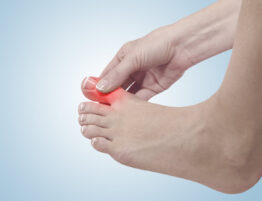

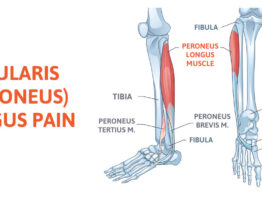


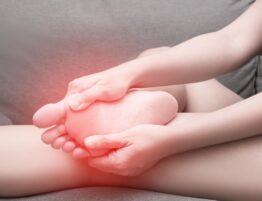

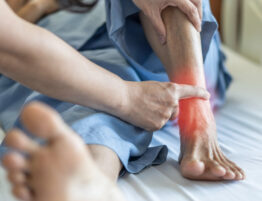
Write a comment: